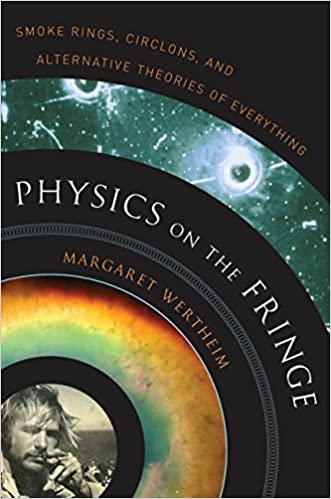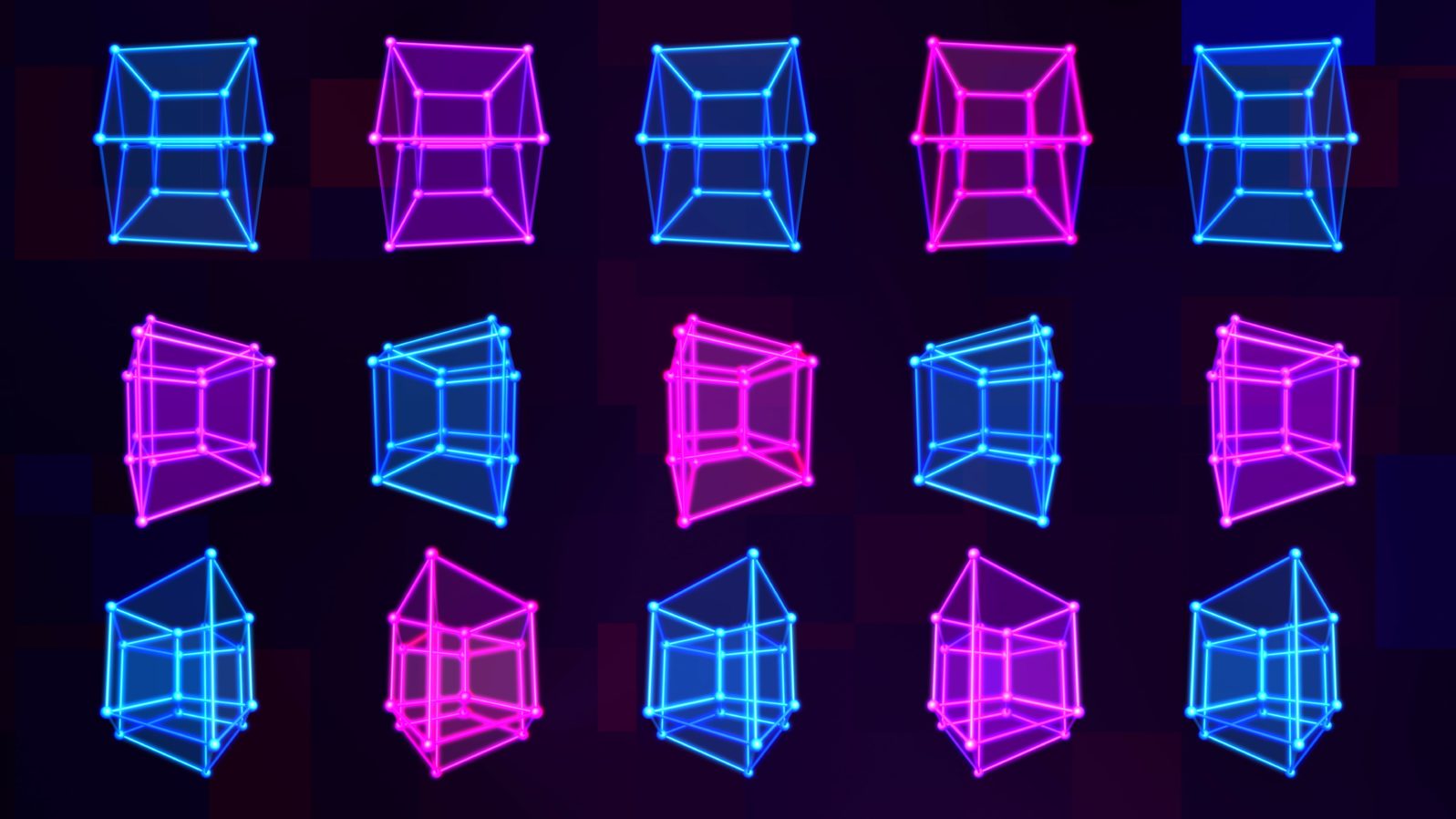Are Extra Dimensions of the Universe Real or Imaginary?
The human mind can imagine and work with a world that we cannot physically apprehend, that follows the rules of mathematics
In a classic 2018 essay, republished recently at Aeon, science writer and artist Margaret Wertheim, author of a number of books, including Physics on the Fringe (Walker Books, 2011), asks us to think about what “extra dimensions” really means:
While on the local level we are trained to think of space as having three dimensions, general relativity paints a picture of a four-dimensional universe, and string theory says it has 10 dimensions – or 11 if you take an extended version known as M-Theory. There are variations of the theory in 26 dimensions, and recently pure mathematicians have been electrified by a version describing spaces of 24 dimensions. But what are these ‘dimensions’? And what does it mean to talk about a 10-dimensional space of being?
Margaret Wertheim, “Radical Dimensions” at Aeon (January 10, 2018)
In the ancient Western world, she tells us, there was no clear idea of space; rather, the ruling concept was of “place.” A cup on the table is in one place and the air surrounding it is in the place surrounding it. The table is in the place underneath it. Everything has its “place. ”That made it difficult, perhaps, to think of space in abstract terms.
It wasn’t until the early 17th century that Galileo and Descartes (1596– 1650) incorporated Euclidean geometry, with its dimensions, into physics. An interesting side note is that artists, not scientists, led the way in this area:
During the late Middle Ages… a view began to percolate in Europe that God had created the world according to the laws of Euclidean geometry. Hence, if artists wished to portray it truly, they should emulate the Creator in their representational strategies. From the 14th to the 16th centuries, artists such as Giotto, Paolo Uccello and Piero della Francesca developed the techniques of what came to be known as perspective – a style originally termed ‘geometric figuring’.- By consciously exploring geometric principles, these painters gradually learned how to construct images of objects in three-dimensional space. In the process, they reprogrammed European minds to see space in a Euclidean fashion.
Margaret Wertheim, “Radical Dimensions” at Aeon (January 10, 2018)
In 1905, Albert Einstein added time as a fourth dimension, hence spacetime. It wasn’t just a concept, Wertheim tells us: “Only in a 4D model of the world can electromagnetism be fully and accurately described.”
There is also the concept of a fourth spatial dimension, often pictured as a tesseract, a four-dimensional cube:
Just as the sides of a cube are squares, the sides of a tesseract are cubes. No instances are currently known in nature.
Now, what about, say, a fifth dimension?
Euclidean geometry, unlike the teacup on the table, is an abstract approach to space. We can add a fifth and sixth dimension in mathematics and work with them as with the others. We cannot easily picture them, of course. But that doesn’t necessarily mean that they don’t exist. We can’t picture infrared or ultraviolet light either because we can’t see those parts of the light spectrum.
When the strong nuclear force and the weak nuclear force were discovered in the mid-20th century, some physicists wondered if they could be regarded as the fifth and sixth dimensions. Gradually, controversial string theory began to take shape:
It turns out that in order to encompass both of these two forces, we have to add another five dimensions to our mathematical description. There’s no a priori reason it should be five; and, again, none of these additional dimensions relates directly to our sensory experience. They are just there in the mathematics. So this gets us to the 10 dimensions of string theory. Here there are the four large-scale dimensions of spacetime (described by general relativity), plus an extra six ‘compact’ dimensions (one for electromagnetism and five for the nuclear forces), all curled up in some fiendishly complex, scrunched-up, geometric structure.
Margaret Wertheim, “Radical Dimensions” at Aeon (January 10, 2018)
Some opt for eleven dimensions:
Do all these dimensions really exist? Well, that depends on whether the premises of much-disputed string theory, a form of post-modern physics are accepted. Wertheim’s comment could serve equally well as a warning:
So far, we have no evidence for any of these additional dimensions – we are still in the land of swimming physicists dreaming of a miniature landscape we cannot yet access – but string theory has turned out to have powerful implications for mathematics itself. Recently, developments in a version of the theory that has 24 dimensions has shown unexpected interconnections between several major branches of mathematics, which means that, even if string theory doesn’t pan out in physics, it will have proven a richly rewarding source of purely theoretical insight.
Margaret Wertheim, “Radical Dimensions” at Aeon (January 10, 2018)
This short 2021 interview with theoretical physicist Brian Greene makes clear that, while purely theoretical insight may be richly rewarded, so far, hard evidence is lacking.
That doesn’t stop some hopeful travelers from anticipating a portal to an extra time dimension and or an extra space dimension that will solve the Hard Problem of consciousness.
What all these extra, mathematical space dimensions really show is that the human mind can imagine and work with a world that we cannot physically apprehend. That world is not a free-form fantasy; it follows the rules of mathematics. But it originates in our minds and most of its dimensions may exist there only in theory. Those who seek a simple, reductive explanation for human consciousness should take heed.
Note: The short novel Flatland (1884) by Edwin Abbott (1838–1926) looks at what life would be like in two dimensions or one. A great exercise in both logical thinking and imagination.
Here’s the entire film at YouTube.
You may also wish to read: Can higher dimensions help us understand biblical miracles? We assume there are only three spatial dimensions because those are the ones we sense. What if there are four? Some Biblical miracles are better understood if we assume four spatial dimensions. The short novel Flatland helps us understand. (Robert J. Marks)
